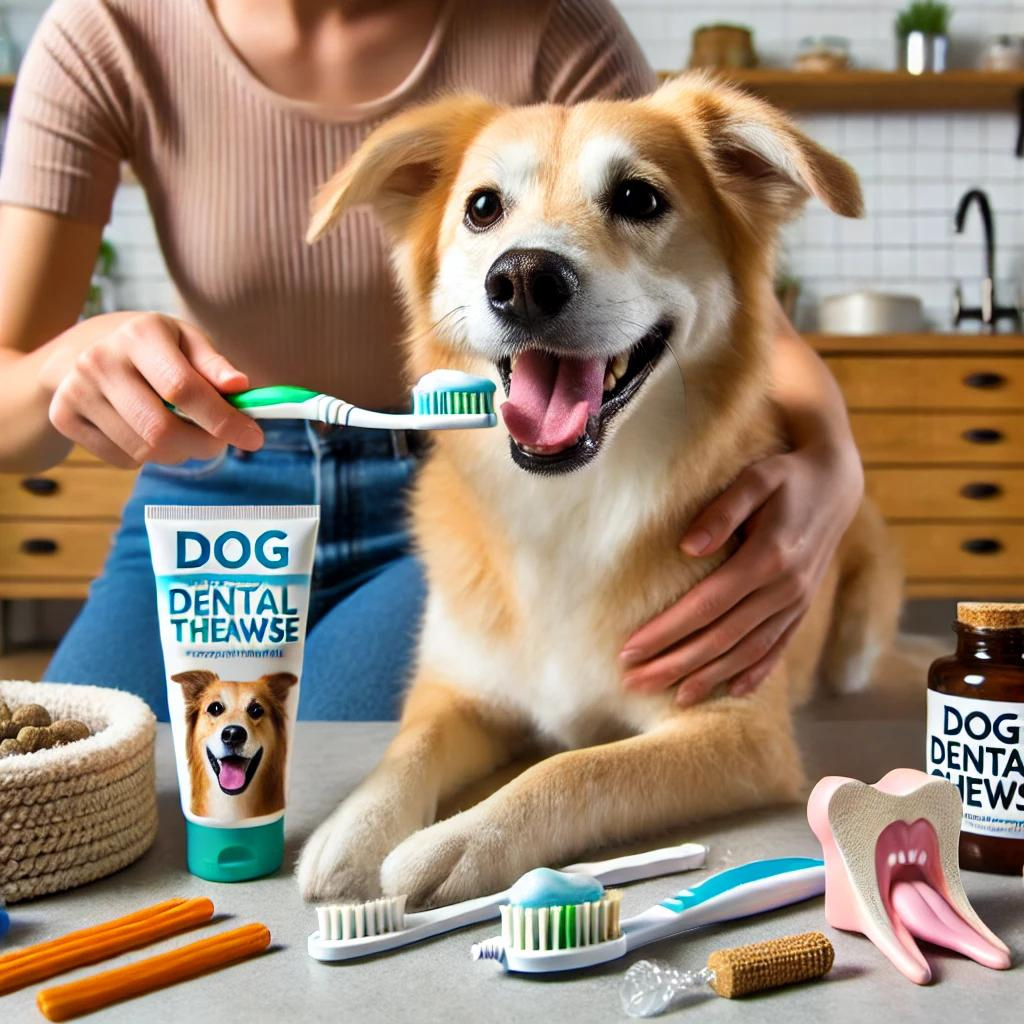Effective Techniques for Brushing Your Dog’s Teeth at Home
Dental care for dogs at home is an essential part of maintaining your furry friend’s overall health. Just like humans, dogs can suffer from a variety of dental issues, including gum disease, tooth decay, and bad breath. But don’t worry, you don’t need to be a professional vet to keep your dog’s teeth clean and healthy. With a few simple techniques, you can effectively brush your dog’s teeth at home.
First things first, you’ll need the right tools. A dog-specific toothbrush is a must-have. These brushes are designed with softer bristles and a unique shape to fit comfortably in your dog’s mouth. You’ll also need dog-friendly toothpaste. Never use human toothpaste as it contains ingredients that can be harmful to dogs. Dog toothpaste comes in a variety of flavors like chicken or beef, which can make the brushing process more enjoyable for your pet.
Now, let’s get down to the nitty-gritty of brushing your dog’s teeth.
Start by letting your dog taste the toothpaste. This will help them get used to the flavor and texture. Next, gently lift your dog’s lips to expose their teeth. Use the toothbrush to gently brush the teeth in a circular motion, focusing on the area where the tooth meets the gum line. This is where plaque tends to accumulate. Don’t forget to brush the back teeth, as these are often overlooked.
Remember, the goal is to make this a positive experience for your dog. So, take it slow and offer plenty of praise and treats along the way. If your dog seems uncomfortable or anxious, stop and try again later. It may take some time for your dog to get used to having their teeth brushed, but with patience and consistency, it will become a normal part of their routine.
Brushing your dog’s teeth should ideally be done daily, but if that’s not possible, aim for at least three times a week. Regular brushing not only keeps your dog’s teeth clean but also gives you a chance to check for any signs of dental problems. Look out for red or swollen gums, bad breath, or changes in eating or chewing habits. If you notice any of these signs, it’s best to consult with your vet.
In addition to brushing, there are other ways to support your dog’s dental health at home.
Dental chews and toys can help reduce plaque and tartar build-up. Feeding your dog a balanced diet and providing plenty of fresh water can also contribute to good oral health.
Homemade dental treats.
Making homemade dental treats for your dog is a fun and rewarding activity. It allows you to control the ingredients, ensuring that your dog is getting a healthy and nutritious treat. Plus, it’s a great way to save money on store-bought dental chews, which can be quite expensive.
The basic ingredients for homemade dental treats are simple and readily available. You’ll need flour, baking powder, fresh mint and parsley, eggs, and water. The mint and parsley are natural breath fresheners, while the hard texture of the baked treats helps to scrape off plaque and tartar from your dog’s teeth.
To make the treats, simply mix the ingredients together to form a dough, roll it out, and cut it into shapes using a cookie cutter. Then, bake the treats in the oven until they’re hard and crunchy. Your dog will love the taste, and you’ll love knowing that you’re helping to keep their teeth clean and healthy.
Of course, homemade dental treats are not a substitute for regular veterinary dental check-ups. It’s important to have your dog’s teeth professionally cleaned at least once a year to prevent serious dental problems. However, homemade dental treats can certainly help to maintain your dog’s oral health in between vet visits.
Remember, dental care is a crucial part of your dog’s overall health and well-being it’s never too early or too late to start taking care of your dog’s teeth. So, why not start today? Your dog might not understand why you’re suddenly so interested in their teeth, but they’ll definitely thank you for it in the long run. By incorporating regular teeth brushing into your dog’s routine, you’re not only helping to prevent dental issues but also contributing to their longevity and quality of life. So, grab that toothbrush and get brushing. Your dog’s pearly whites will thank you!
